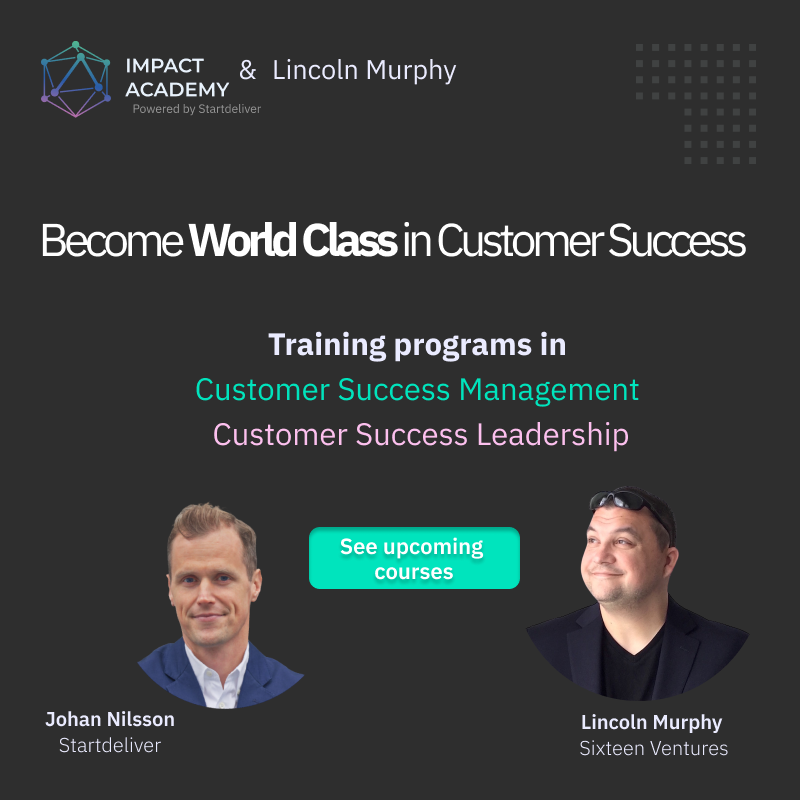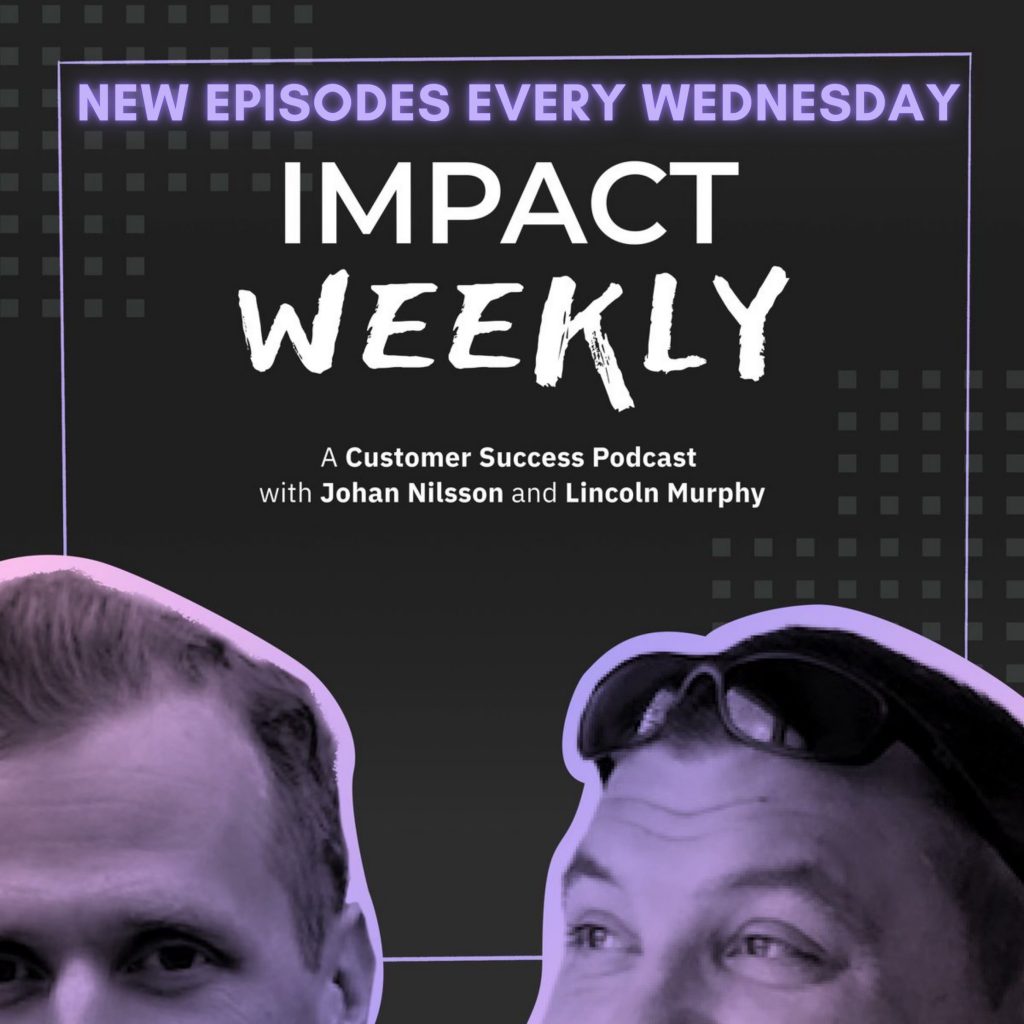 I got this email asking whether to require a Credit Card to start a SaaS Free Trial or not and what the best Free Trial length is.
I got this email asking whether to require a Credit Card to start a SaaS Free Trial or not and what the best Free Trial length is.
So instead of just answering him directly, I decide to use it as the basis for this article.
Here’s the email:
Hey Lincoln, some dude told me to ask for a credit card up front with a free trial instead of the Freemium model I’m currently using. Just as your site says…customers psychologically get used to NOT paying with my freemium model and its a disaster.
However, your articles strongly suggest NOT to ask for the CC upfront for free trials as that dude suggests.
My plan was ask for CC upfront for a 7 day trial. Do you still advise against this plan? Reason I ask is your article is over two years old…so not sure if the market changed etc.
Here’s my response…
Switching from Freemium to Premium is something I’ve talked about before, for sure, but it really starts with understanding the difference between Freemium and Free Trials.
Why offer a Free Trial at all?
That said, why do you offer a Free Trial in the first place? So prospective customers can get to know your offering before paying for it…
… remember, they don’t already know, like, or trust your company or product yet.
And we know in B2B especially, trust is huge… trust that your product does what you say it does, trust that you’ll support your customers, trust that you won’t rip them off, etc.
So… if that’s the case, how does asking them to provide a credit card simply to try your product help build trust? Right, it doesn’t.
If anything has changed in the last few years, it’s that people have become LESS trusting… not more. Less willing to whip out the credit card to TRY something. Why? Because 100% free options abound. So they don’t need to.
Couple that with the fact that people are busier and more distracted, and asking for a Credit Card up front (what I call putting up a CC-Wall) becomes yet another distraction rather than something that helps them move forward to becoming your customer.
Distractions + Lack of Trust = Fail.
So I’d say putting up a CC-wall – especially in a B2B setting – is even more a non-starter than it was way back 2 years ago when I wrote that post.
Wait… It Actually Gets Worse
Now let’s talk about the 7-day Free Trial length.
Remember, the length of the Free Trial is a marketing gimmick. Its only job is to be long-enough for the customer to feel like they’re going to be able to evaluate or get value from the service – while putting some time-scarcity book-ends on the deal.
My gut says 7 days may not feel like enough time to your prospective customer – though you may want to test and validate that hypothesis – so this could cause fewer people to even try your SaaS in the first place.
Distractions + Lack of Trust + Super-short Trial = Huge Conversion Fail
It almost seems like you don’t want people to sign-up for your SaaS at all.
If I were you, I’d concentrate on ways of getting more people in rather than ways of keeping people out.
So, I’m thinking double-whammy on that one…. and here’s the logic behind my thinking if you care to keep reading.
Never Underestimate Spite as a Business Driver
As for the advice you got, I can’t speak to where he’s coming from, but I will say people have their beliefs, which are often tied to their experiences.
And of course, you can always find people that share your beliefs / experience so it’s easy to fall into the trap of thinking your beliefs / experience are the truth when it’s the echo chamber playing tricks on you.
While I value experience obviously, I also know it can be skewed by various inputs (like emotion, for instance), so I try to work from data + an understanding of customer behavior/psychology as much as possible.
When I catch myself being too emotionally invested in one way of thinking, that’s a red flag and I go back to the data and the science for a sanity check.
That said, the data I’ve seen shows asking for a Credit Card up front causes fewer people to sign-up. Period.
And that simply means you’ll have fewer chances to convert and grow long-term customers and to me, that’s a fail.
Skin in the Game
The misconception is that asking a prospective customer for their CC is “skin in the game” or “commitment” on their part.. or some part of a “qualification” process. But it’s not. A CC-wall is a barrier.
And it’s the worst kind of barrier; a barrier erected out a misunderstanding of why things work. One often fueled by emotion, not data… emotions like frustration or anger (“freeloaders! I’ll show you.”).
But if you don’t believe me that asking for a CC up front will cause fewer people to sign-up, you should A/B test this for yourself… just the part about a CC being required or not and see what happens.
That’s not fair, though, as the value prop and trust factors required to get people to sign-up and pay first (or put in the CC first; it’s a very small difference between paying now and just entering a CC, right? Same action required by the customer… same barrier) are much higher, so simply changing the “no CC required” to “Valid CC required” isn’t a valid test.
An Effective Way to Reduce Sign-ups
But I can anticipate one type of pushback already… sure, a CC-wall may not get more people in, but they’re the right people. They aren’t the riffraff. They’re real, actual potential customers who are dedicated and not messing around.
Well, the ones that stick around past 30, or 60, or 90 days are I suppose. But the ones that don’t? They’re the riffraff with credit cards. They’re the freeloaders who put in a credit card but OPTED OUT of your product when the trial was over. (this paragraph was basically sarcasm).
You see how stupid that sounds, right? Clearly they just didn’t find your product compelling enough to stick around and pay you. But you can’t see that. You can’t deal with that. So you blame them.
You blame them after you get their CC… and you blamed them when you didn’t ask for the CC.
Stop blaming them and look at your product. Look at your processes. Look at yourselves. You didn’t land on your product, it landed on you. (sorry, got carried away).
Conversion Magic: Improve On-boarding and Engagement
The reality is, CC or not, it’s what happens after the initial sign-up that matters. It’s what gets people to convert to paying customers. If you know this, you’ll see that a CC-wall isn’t the point.
Which means, having a CC-wall without a great post-signup experience won’t matter much to your conversion rate. This is why I routinely see SaaS companies with a CC-wall still with conversion rates of 10-20%. Those with awesome post-signup processes (on-boarding, engagement, etc) are in the > 85% conversion rate category.
Now what would happen if you had an 85% conversion rate and took down the CC-wall? Would it drop? Maybe… but that’s the rate… the overall number would likely SKYROCKET.
But Credit Cards Improve Retention Rates, right?
So if CC-walls keep people out, do they at least keep those who are in, in? No.
As I just said, I often see an 80-90% cancel rate post-signup for SaaS companies with a CC-wall. That’s terrible and clearly shows that a CC – that skin in the game that you so desperately desire – doesn’t matter that much.
In fact, I’ve yet to see a real, positive correlation between getting a CC up front and a higher 90-day post-sale retention rate. It’s always the other stuff that gets customers to stick around… experience, engagement, investment (time, resources, data, etc.), community, etc.
To that point, when someone says anecdotally that they put up a CC-wall and got a higher conversion rate than before (remember what I said about RATE vs. ACTUAL numbers), it is almost always the case that they didn’t JUST put up a CC-wall. They did other stuff, too.
From improving the on-boarding process and the UI and UX and CX and BS, to focusing on making the customer happier, working to make them more successful, etc. they did something else.
I think that happens because it’s like “Okay… I got their CC, it’s go time.” So the entrepreneurial hustle (even if automated and built-into the product) kicks in and they work harder to get the customer to stick around.
The Sting of the Active Opt-Out
Or maybe it’s that they know when someone gives you their CC to try your product and then they cancel before the trial is over, that they didn’t like what they saw.
And that hurts.
That’s not like a no-CC Free Trial where they can just stop using the product and go away… when you have their CC they have to actively cancel and that stings.
And it should sting…. but it should also be obvious that simply having their CC is no guarantee they’ll become a paying customer.
So it’s not that the CC-wall made the customers instantly better… it’s that the vendor made the product better and that compelled those who took a chance and made it through the CC-wall more wiling to stick around and use the product.
In other words, having a great product that you work diligently to get them to use is the key to keeping folks around within the first 90-days… not asking for a CC up front.
And why do I care so much about the first 90-days? Because when you ask for a CC up front you’ll have some conversions that happen because your customer forgot to cancel. Maybe even a couple of billing cycles. So I don’t consider a customer a customer until they’ve paid for the first 90-days.
When reporting Monthly Recurring Revenue (MRR) for a SaaS company with a CC-Wall, if you’re looking at a purely financial model, anything within the first 90 Days cohort should be reported as at-risk.
Of course, context is everything in Customer Success, so if your customer is realizing value and the feedback they’re giving you is great, then they’re less at-risk.
Exceptions to the Rule
Just so you realize I don’t JUST make blanket statements, I realize there may be some necessary exceptions to what I described above.
Though I’d say there are far fewer than what most people think so I always push back. For example, email marketing is a product category where there is a ton of abuse (potential).
Some companies do the $1 trial thing, but other companies like GetResponse offer a 30-day Free Trial with no credit card required. How?
They realize that the “abuse point” is actually the “value point” so if they can get people to become invested in GetResponse during their free trial (set everything up, import their list, integrate their lead capture widgets, send some test messages, etc.) once they’re ready to send a normal volume of email, they’ll be willing to pay.
So even in a high-abuse (potential) setting like email marketing, no CC-Wall Free Trials work.
As an example of a service where value is received immediately and where a trial both isn’t required and is hard to implement, I wrote about a Press Release distribution service in this post on LinkedIn.
I gave the example of letting the prospective customer set everything up for free with no CC-Wall, but once they were ready to send, charging them (or getting them to subscribe to the value-added service).
The REAL Meaning of the Free Trial Length
Now, as for the 7-day trial, again, I think it may be too short. I don’t know, that’s your job to figure out.
But what’s also your job is to convert them into a paying customer ASAP regardless of the trial length. If you have a 30-day Free Trial, it doesn’t mean they don’t become a paying customer until the trial expires or on Day 31 (though this is unfortunately typical).
They come in thinking they have 30-days to evaluate the product, but you see it as you have 3 days to get them to USE the product and to convert them to a paying customer within the first 7 days.
You do this by streamlining the on-boarding process, getting them to the Wow! moment quickly, getting them to realize value ASAP, and then asking for the sale by making offers congruent with their use thus far.
This is how I helped one SaaS company take their average conversion time on a 30-day Free Trial from 42 days (yes, an average of 12 days post-expiration) to 3 days. Oh, and through the use of creative discounts I helped them drive their Average Subscription Value (ASV) up by 33%.
I hope this helps a bit.


